The Pros and Cons of Huawei Pura 80
As the basic model in the series, the Huawei Pura 80 is still very attractive. The main reason is its more affordable price while still giving many flagship-level features. Its camera for long-distance shots, performance, screen, and battery life are all reliable.
The Huawei Pura 80 is a good choice for people who want to enjoy Huawei’s flagship photo quality but have a smaller budget. The balance in every aspect also makes this phone a strong option for a standard flagship. Here are some of its pros and cons.
Pros of Huawei Pura 80
It only costs half the price of the Huawei Pura 80 Ultra to get the Huawei Pura 80. Despite the significant price difference, its capabilities remain superior as a flagship phone. Here are some of its advantages.
1. Elegant Design and Waterproof Body
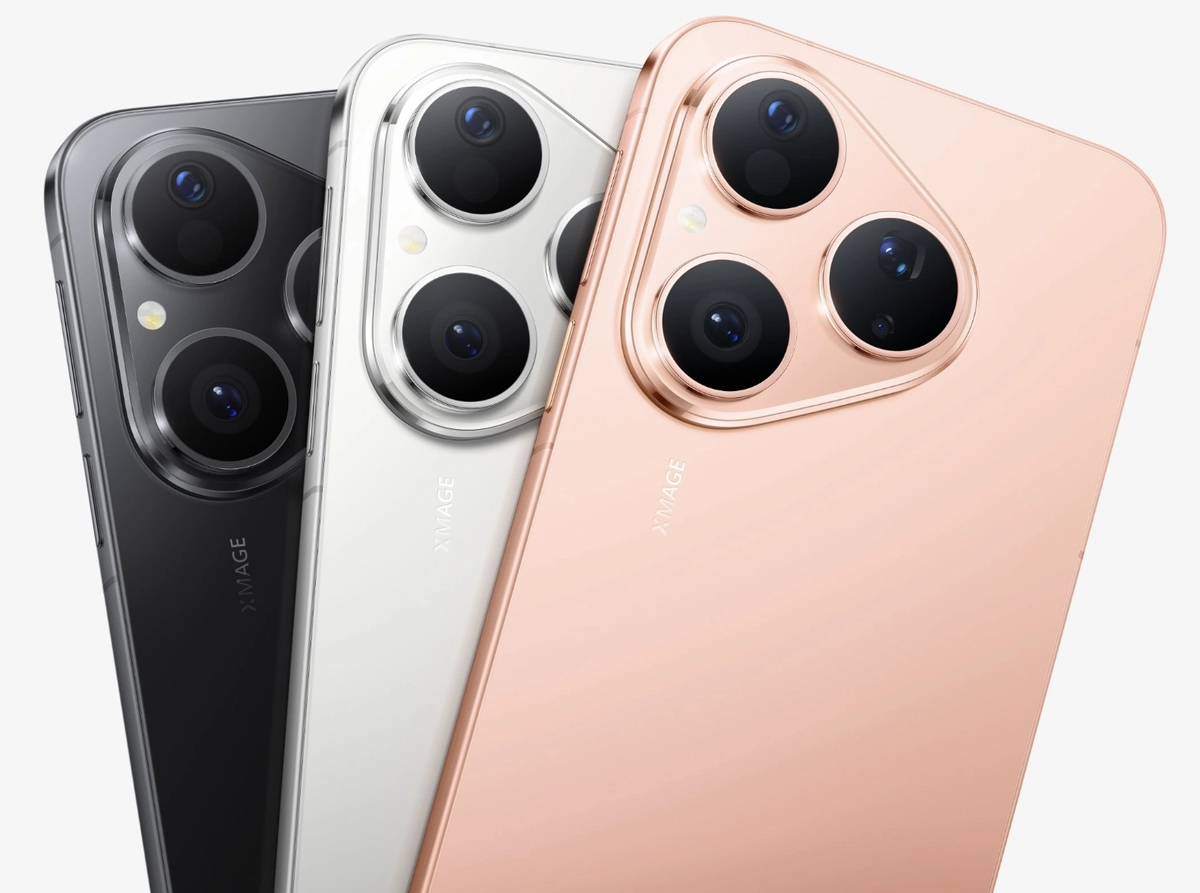
Even though it looks similar to other models, the Huawei Pura 80 has a slightly different design. The Huawei Pura 80 Pro and Ultra versions have larger camera modules, while this regular version has a smaller one. All three cameras are the same size, including the telephoto camera.
Inside the camera module, the details are also different. The LED Flash is made in a small circle, and the XMAGE logo is placed outside the module. The phone’s body is flatter than other models. It is 8.2 mm thick and weighs 211 grams, thinner and lighter because its camera parts are simpler.
The Huawei Pura 80 comes in three colors, Frosted Black, Frosted White, and Frosted Gold. The matte finish makes it smooth to hold, resistant to fingerprints, and easy to grip.
For protection, it has IP68 and IP69 ratings, which means it is resistant to dust and water. It can even stay under water up to 2 meters deep for 30 minutes. So, you can use it safely to take pictures or videos while underwater.
2. Three Superior Cameras

The Huawei Pura 80 may be the most affordable model in the series, but its camera quality is still solid. Its long-distance shots are clear and stable, almost on par with the higher models. It features a 12 MP telephoto periscope camera with an f/3.4 aperture.
The image quality is not as sharp as the Huawei Pura 80 Pro or the Ultra version, but it still performs well for zoom photography. With its 5x optical zoom, PDAF, and Optical Image Stabilisation (OIS), this camera can capture faraway objects with good detail and steady results.
The main camera uses Huawei’s 50 MP Ultra Chroma XMAGE sensor with PDAF and OIS. Its variable aperture, ranging from f/1.4 to f/4.0, adjusts automatically to different lighting conditions to give bright photos even in dark or overexposed scenes.
There’s also a 13 MP ultrawide camera with an f/2.2 aperture for wider shots, perfect for landscapes or group photos. The 13 MP front camera supports autofocus, ensuring selfies stay sharp and well-focused.
For videos, both the front and rear cameras can record in 4K. Combined with good stabilization, this makes the Huawei Pura 80 great for vlogging or other content creation.
3. LTPO Display with Dynamic Refresh Rate
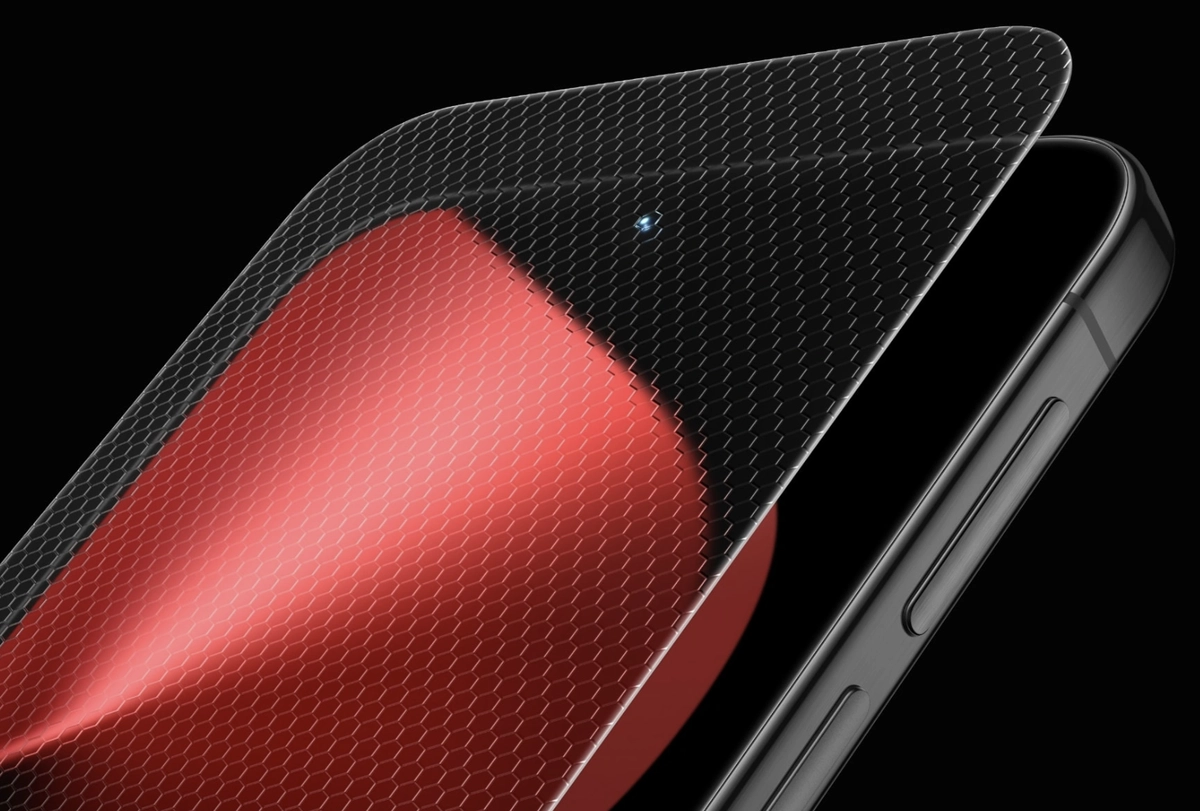
The Huawei Pura 80 has got a display experience close to its more expensive siblings. It comes with a slightly smaller 6.6-inch LTPO OLED screen that supports a dynamic refresh rate. The refresh rate automatically adjusts depending on what you’re doing to help save battery life.
In theory, the screen can go as low as 1 Hz for static images and up to 120 Hz for smooth scrolling or gaming. You can also manually set it to 60 Hz, 90 Hz, or 120 Hz based on your preference.
Brightness is also adjustable. The screen reaches up to 2800 nits at its peak, slightly lower than the higher models with 3000 nits, but still bright enough for outdoor use. It can also dim down to 1.6 nits, making it comfortable to look at in dark rooms.
For protection, Huawei uses second-generation Crystal Armour Kunlun Glass. This glass helps the screen resist scratches and reduces the chance of cracks from drops.
4. Immersive Stereo Speakers

The Huawei Pura 80 has dual stereo speakers built into its body. The main speaker sits at the bottom, while the second one is placed near the earpiece. The sound may not feel perfectly balanced because of the position, but the volume is strong enough to fill a small room.
The sound quality is also enjoyable. It’s clear for watching movies, scrolling through social media, listening to music, or playing games. Some reviewers even said that you don’t need earphones to enjoy games since the speakers already give a nice immersive experience.
However, the Huawei Pura 80 does not have a 3.5 mm audio jack anymore. This means you can’t directly plug in wired earphones unless you use a converter or earphones with a Type-C connection. A simpler option is to use wireless earphones through Bluetooth, which is much more practical.
5. Powered by the Kirin 9010s Chipset
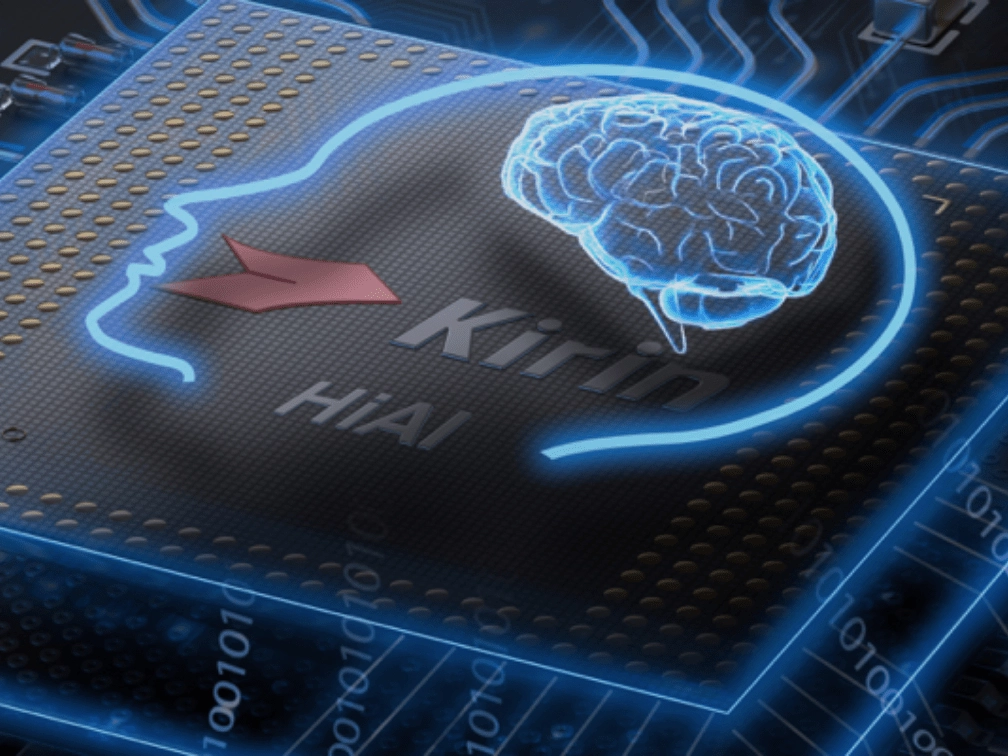
The Huawei Pura 80 runs on the Kirin 9010s chipset which is strong in performance for daily use. This chipset is an improved version of the Kirin 9010 used in the previous Huawei Pura 70 Ultra. Based on reports, it brings better performance and power efficiency.
The Kirin 9010s is built on a 7 nm process and has an octa-core CPU. Some sources even say it supports up to 12 threads with the hyper-threading technology. It includes two high-performance cores running up to 2.5 GHz, six mid-range cores at 2.05 GHz, and four small cores at 1.5 GHz for light tasks. The GPU details haven’t been officially confirmed yet.
In real use, the Kirin 9010s performs faster and smoother than the previous version. It handles multitasking easily and can run heavy games with minimal lag or frame drops.
6. Complete Connectivity and Sensors
One of the highlights of the Huawei Pura 80 is its complete set of connectivity options and sensors. The phone already supports Wi-Fi 7, an upgrade from the previous generation. This new version makes connections faster and more stable, especially when using public networks with many users.
It also comes with other useful features such as NFC and infrared. NFC (Near Field Communication) makes daily tasks easier, like connecting to other devices, making digital payments, or even acting as a toll card. The infrared sensor can turn the phone into a remote control for devices like TVs or air conditioners.
For sensors, the Huawei Pura 80 includes an accelerometer, compass, barometer, and a responsive hardware gyro. However, the fingerprint sensor is placed on the side, integrated with the power button. This is a bit of a step back since the previous Huawei Pura 70 series had the fingerprint sensor under the display.
7. Comes with Smart Controls Button

Although moving the fingerprint sensor to the side may feel less premium, Huawei adds something new to the power button. The Huawei Pura 80 features a Smart Controls button that is convenient for daily use.
This button acts as a shortcut. By double-tapping it, you can quickly access several features such as silent mode, flashlight, or other functions.
You can also set it to open certain apps like the camera, voice recorder, or Huawei’s AI assistant. This Smart Controls feature is also available on other models in the series, including the Huawei Pura 80 Pro and Pura 80 Ultra.
8. Long-Lasting Battery with Fast Charging
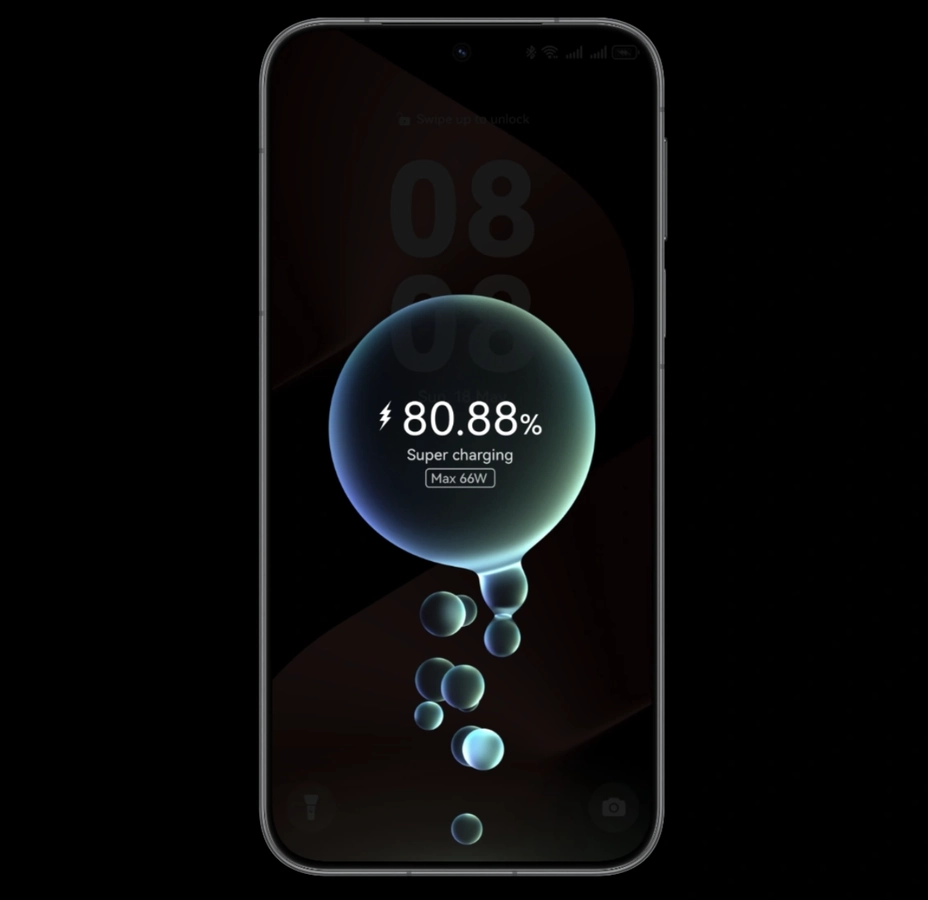
The Huawei Pura 80 packs a 5170 mAh battery, which is about the same as the Pro and Ultra versions. It seems Huawei is not trying to increase the battery size too much, but instead focuses on keeping it balanced and efficient.
Its battery life can be considered good, although not the best among phones in its class. Still, the Huawei Pura 80 makes up for it with very fast charging. The 66W fast charging feature can fully charge the battery in less than one hour, which is very convenient for daily use.
In addition, the phone also supports 50W wireless charging, 5W reverse charging, and 7.5W wireless reverse charging. These extra features make it easy to charge other devices or accessories without needing cables.
Cons of Huawei Pura 80
As a basic model, the Huawei Pura 80 has some unavoidable shortcomings. This is understandable, considering that other models above it also suffer from the same issues. Here are some of the shortcomings.
1. Still not compatible with Google Services
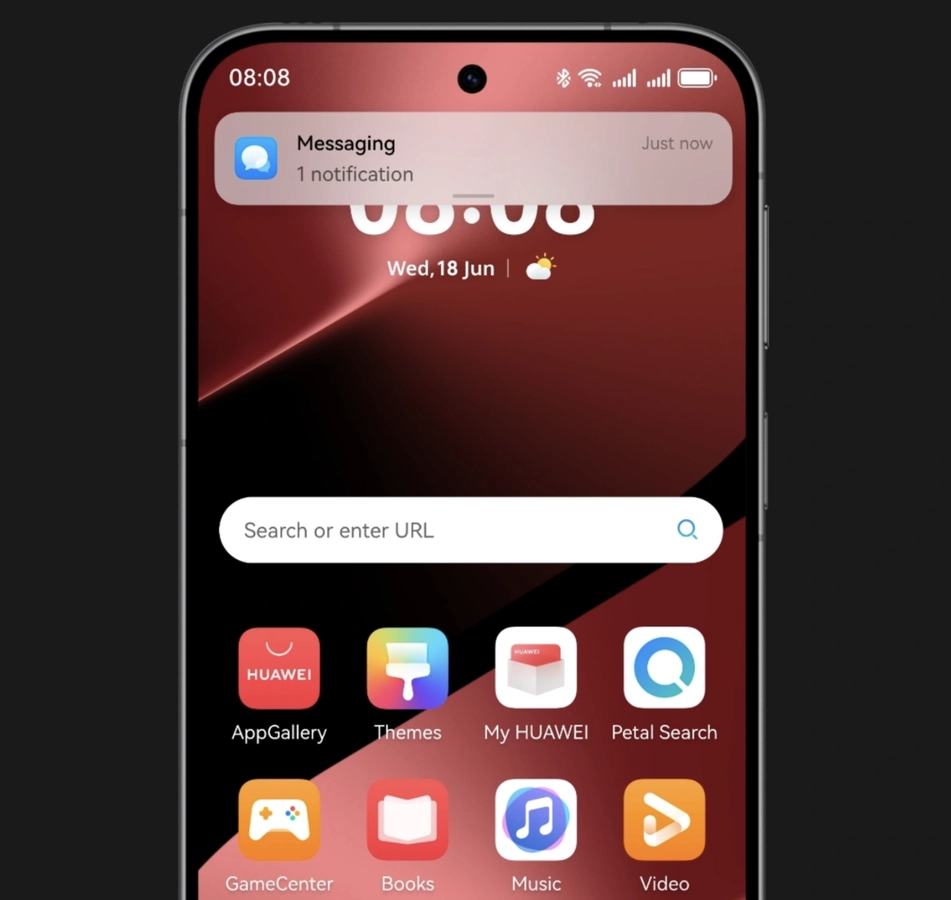
Since the U.S. embargo, Huawei still cannot fully use Google Mobile Services (GMS). Luckily, Android is an open-source operating system, so Huawei can still use it on their phones, although with some limits.
For the global version, the Huawei Pura 80 runs on EMUI, while the Chinese version uses HarmonyOS. Huawei continues to improve its software by adding useful features such as the Celia voice assistant, stronger security, the Health app, and Ark Engine support.
To access Google apps, Huawei Pura 80 users can use an alternative app called GBox. GBox works like a portal that allows non-GMS phones to run Google apps. It even comes with Google Mobile Services built in.
However, GBox is not perfect. You might see quite a few ads while using it, and some features or apps may not work properly. Still, this method allows users to install and run most Google apps if needed.
2. Fingerprint Sensor on the Power Button
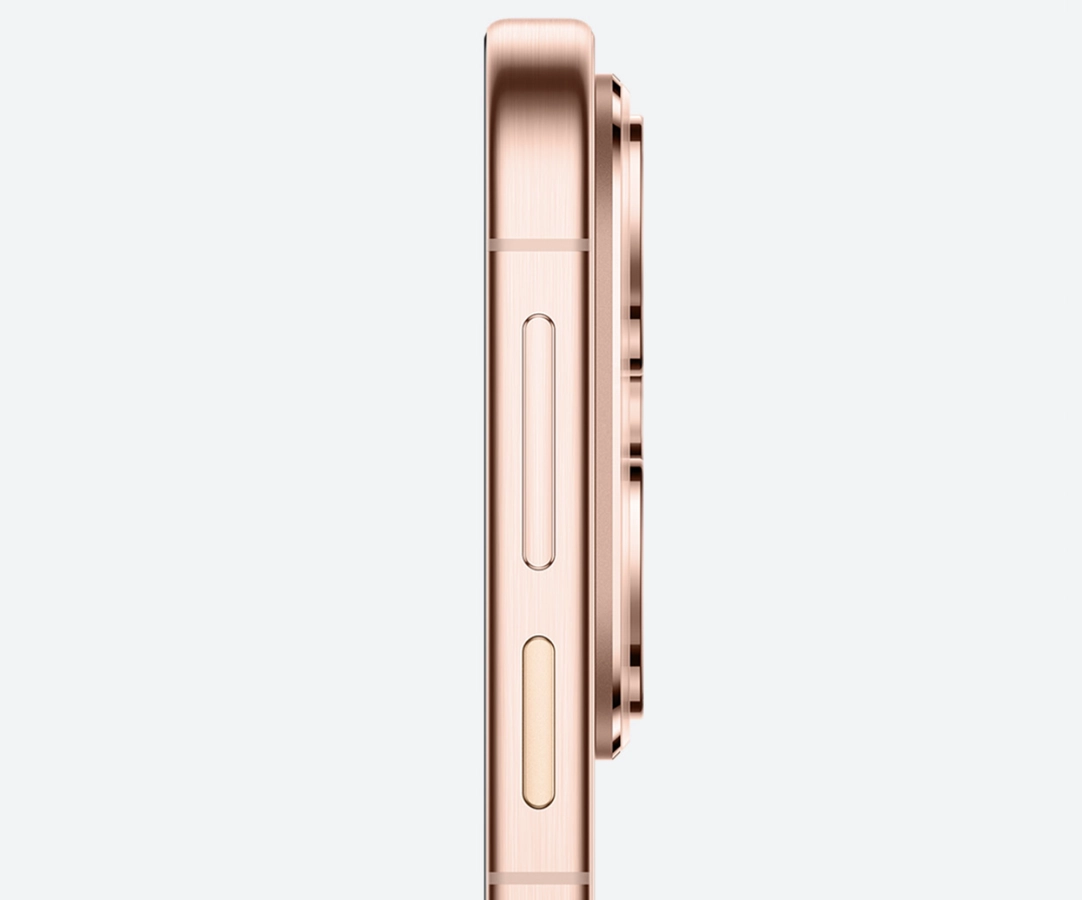
Another thing to note about the Huawei Pura 80 is the placement of its fingerprint sensor. Instead of putting it under the screen, Huawei places it on the side, combined with the power button. This feels like a small downgrade, especially since the phone already uses an OLED display.
The previous model, the Huawei Pura 70, had its fingerprint sensor under the screen to easily the phone with your thumb. Having it on the side still works fine, but it looks and feels less elegant.
Even so, Huawei adds extra value by giving the power button more functions. Besides unlocking the phone, it can also be used for the Smart Controls feature, which is more practical for daily use.
Conclusion
As the base model, the Huawei Pura 80 is quite appealing due to its lower price. It still belongs to the flagship category and competes with other high-end brands. Huawei keeps many strong points in this phone, including reliable camera performance, especially for long-distance shots.
The Kirin 9010s chipset also gives solid performance for daily tasks and gaming. The phone offers a good experience overall, with an LTPO screen that supports a high and adaptive refresh rate, a stylish design with water resistance, and a long-lasting battery with complete charging options.
Of course, the Huawei Pura 80 still has a few drawbacks, such as the lack of Google service support and the side fingerprint sensor. But overall, these are small compromises for a phone that still feels premium. So, what do you think? Is this flagship model worth having?
